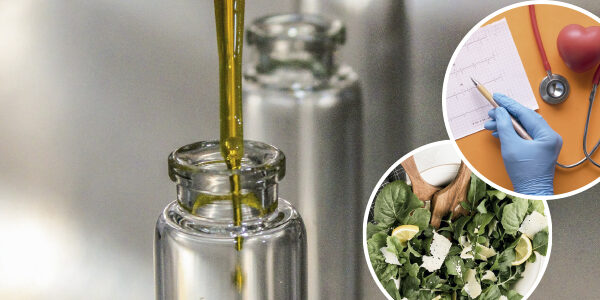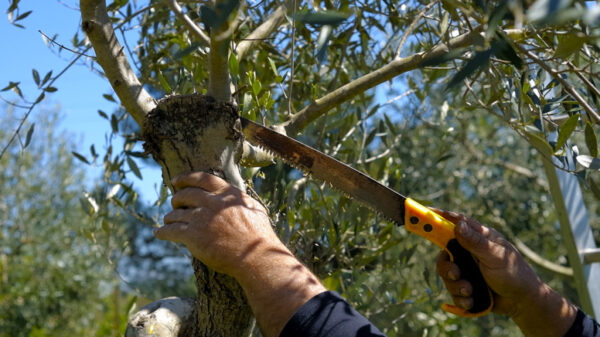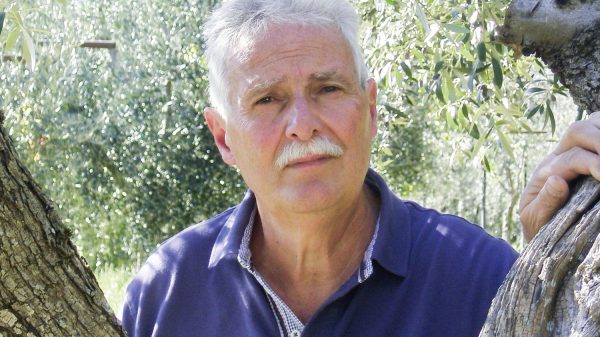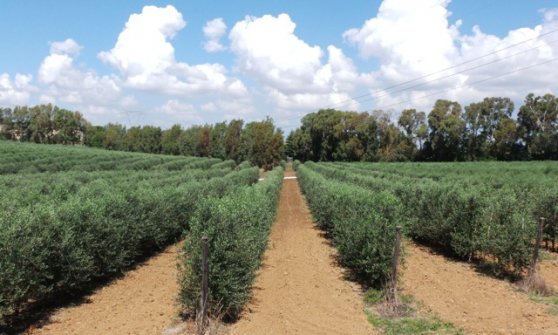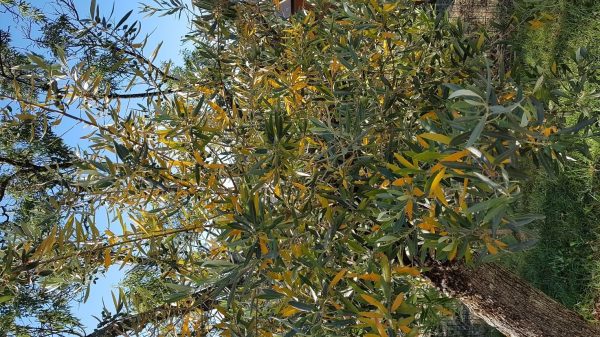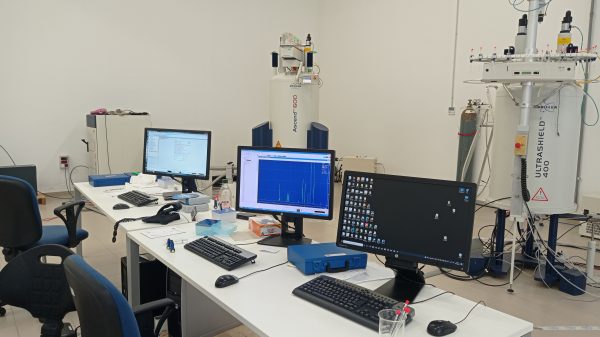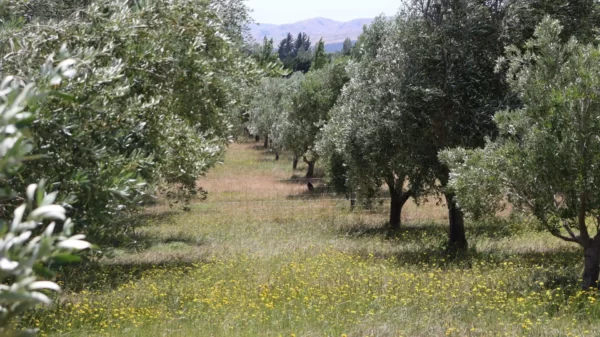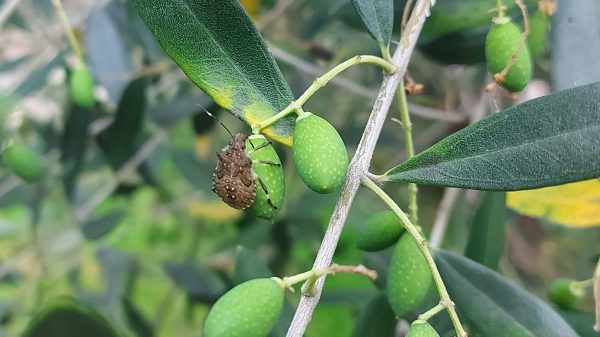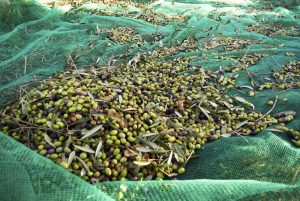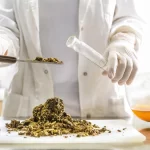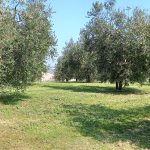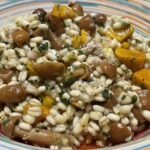Such rainy weeks between May and early June have not been recorded for some time. And for the olive sector this means a delay in flowering and fruit setting. With the consequence that, in the first phase of growth, it will be concomitant the risk of ending up with dangerous heat waves and a rapid growth of the drupe offering the fly an early opportunity to attack the fruit.
In this regard, scientific studies converge in considering the kaolin one of the best natural protections to deal with these phenomena. The reason is simple: being a whitening substance, it reflects the sun's rays and generates an "anti-heat" effect on the plant because it lowers the temperature and distracts the action of some types of insects including the oil fly. Conversely, it is less simple to identify the type of kaolin to use.
 “Although we speak generically of kaolin as a single substance – he explains in fact Dominic Bucca (in the picture) technician of Clay & Clay, the company that owns the AgriBioClay brand – in reality, from a mineralogical point of view, the deposits are not uniform. We often hear improperly spoken of “micronization of kaolin” and this is an inaccuracy because the kaolin is not micronized, but is mechanically separated thanks to hydrocyclones, settling tanks and other mechanical processes to obtain the finest fraction. On the basis of the granulometry obtained and the absence of polluting elements (heavy metals, dioxins, free respirable silica), the various kaolins obtained are directed to the most diverse industrial sectors (construction, ceramics, paints, cosmetics, pharmaceuticals, etc.).
“Although we speak generically of kaolin as a single substance – he explains in fact Dominic Bucca (in the picture) technician of Clay & Clay, the company that owns the AgriBioClay brand – in reality, from a mineralogical point of view, the deposits are not uniform. We often hear improperly spoken of “micronization of kaolin” and this is an inaccuracy because the kaolin is not micronized, but is mechanically separated thanks to hydrocyclones, settling tanks and other mechanical processes to obtain the finest fraction. On the basis of the granulometry obtained and the absence of polluting elements (heavy metals, dioxins, free respirable silica), the various kaolins obtained are directed to the most diverse industrial sectors (construction, ceramics, paints, cosmetics, pharmaceuticals, etc.).
Probably the "micronization" is a subsequent process done on coarse kaolins addressed to the ceramics market to be sold in agriculture. In fact, by "micronizing" the earth obtained from a primary deposit of kaolin as it is (as occurs for bases and zeolites), what would be obtained from micronization would be a material mainly composed of quartz sand, feldspar, mica and a maximum of 16% kaolin.
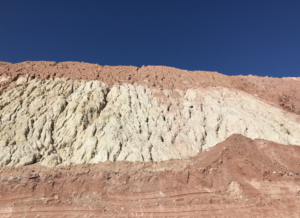
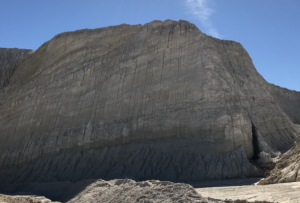
(In the two photos, kaolinite rock contaminated by iron oxides and useful kaolinite rock)
To be defined as kaolin, the rock must have at least 60% of the reference mineral, i.e. kaolinite, but it is clear that the higher the values of this mineral, the greater the guarantee of being in the presence of a pure and pollutant-free product”. And when it comes to quality, there are various specificities that kaolin must present:
– the high value of kaolinite;
– the property of fully reflecting light;
• the ability to absorb nighttime humidity which is then released during the day for the benefit of the plant;
• the presence of dioxins and free respirable silica within the legal limits:
• and other technical characteristics which improve the adhesiveness, reduce the abrasiveness and make the risks of clogging filters and nozzles close to zero.
From an agronomic point of view, kaolin is distributed on the olive trees by nebulization. Domenico Bucca explains in this regard: “Kaolin does not dissolve in water, vice versa we witness a dispersion. It uses it from 3 to 10 kilos for every 100 kilos of water depending on the type of kaolin, the culture, the machinery used. It forms a thin, more or less uniform white film which protects leaves and fruit from excessive solar radiation, reducing the surface temperature of leaves and fruit. Retains moisture and dew. It reduces the plants' need for water, improves the photosynthesis process and prevents the fall of unripe fruit due to thermal stress".
The effect on olives, as confirmed by authoritative scientific research, is an increase in fruit size, better inolation and a higher content of polyphenols in the oil.
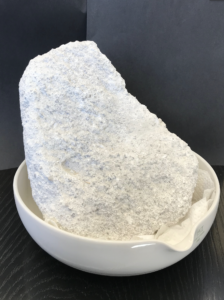 (In the photo: typical kaolinite rock) In addition to the positive effect against heat waves and water stress, kaolin is a natural element also strongly recommended against pests, in particular the olive fly: in fact, it creates an environment hostile to the deposition of eggs by insects, confusing behavior, avoids attacks on the fruit and limits the reproduction of harmful insects.
(In the photo: typical kaolinite rock) In addition to the positive effect against heat waves and water stress, kaolin is a natural element also strongly recommended against pests, in particular the olive fly: in fact, it creates an environment hostile to the deposition of eggs by insects, confusing behavior, avoids attacks on the fruit and limits the reproduction of harmful insects.
As for its use, the Clay & Clay technician we interviewed explains: "Being a natural product, harmless to humans and animals, classified as rock dust, an invigorating enhancer of the natural defenses of plants, it cannot be traced back to the agropharmaceutical , is for free sale and there is no need for a license. Not only that, the Ministry of Agricultural Policies has also implemented the European Regulation allowing, due to the characteristics it presents, its use as it is in organic farming”.
To learn more click , here

